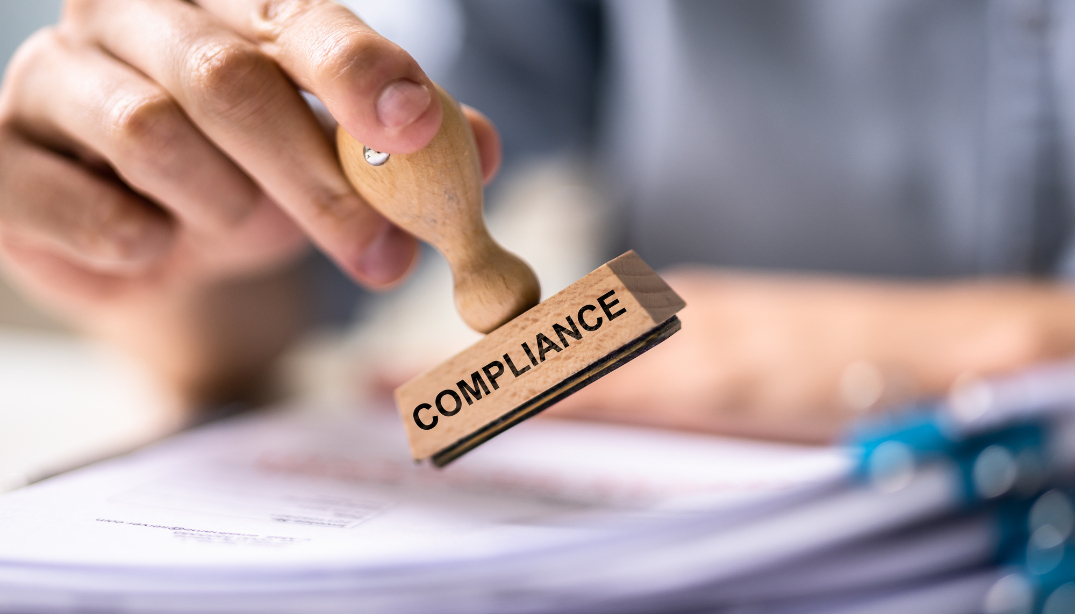Mitigating risk in the rental vehicle market
The nature of renting vehicles to a wide range of drivers creates a unique set of risks. Risks that must be managed effectively to ensure the longevity and profitability of a rental fleet business. This article discusses key strategies for mitigating insurance risk and reducing liability for car rental fleets in Australia, focusing on compliance with legislative requirements, renter qualification, vehicle maintenance, telematics and monitoring systems, insurance policy management, and risk assessment.
The car rental industry is a lucrative sector in Australia, that has rapidly evolved to include:
- traditional car rental
- peer to peer
- ride share
- car share
- subscription vehicles.
Each of these sectors requires careful risk management covering rental agreements, renter/driver qualification, digital tools, fleet insurance and supplier management and legislation.
Rental agreement
Adhering to Australian Consumer Law, state-based fair trading legislation and other legislative requirements is crucial. Clear and transparent terms and conditions that outline the obligations and responsibilities of all parties to the agreement is vital in this process. These should clearly state what damages or losses are covered by the rental agreement and what are not. Rental companies must be transparent about their cancellation policies, their obligations around providing a vehicle fit for purpose, and the rights and responsibilities of all parties if something goes wrong.
Qualifying your renters
The process of qualifying the person renting a vehicle is a crucial risk management strategy. You have little information on the person you are handing a valuable asset to. The quality of your renters will have a significant impact on the number of incidents and other issues that could occur. Renters must have a valid driver's license that fits the type of vehicle they intend to rent. Age verification is also vital due to higher accident risks associated with younger drivers. Some companies opt to check the renter's driving history for recent violations or accidents. A history of reckless driving or serious incidents can be grounds for disqualification. Furthermore, identity and payment verification are important for security purposes and to prevent fraud.
- Driver's license verification: Confirm that the renter has a valid driver's license. In Australia, this could mean an Australian driver's license, an overseas license in English, or a non-English overseas license accompanied by an International Driving Permit. The license should be checked for validity and appropriateness for the vehicle being rented (for example, a standard license may not allow the renter to drive a large van and or some foreign licenses may not be accepted in the area that you operate your business). Viewing a valid driver’s licence or similar photo ID is also prudent for security purposes and to prevent fraud.
- Valid home address: Extra evidence to prove that the hirer lives at the address shown on their license is important. It is common to ask the hirer to provide additional information such as utility bills or other documents showing their name and address as it appears on their driver’s licence.
- Age verification: There is statistically a higher accident risk associated with younger drivers. To mitigate this you can set minimum age limits for renters. This limit is typically 21 or 25, but it may be lower or higher depending on the company's policy and the type of vehicle.
- Driving record check: You may choose to check the potential renter's driving history for recent accidents or violations. A history of reckless driving, DUIs, or serious accidents could disqualify the renter.
- Payment verification: Verify that the renter has a valid credit card or other acceptable form of payment. It's standard to pre-authorise an amount on the credit card to cover any potential damages or extra charges.
- Damage cover: You can standardise damage cover on all rental vehicles. This can minimise the impact of incidents to the renter (subject to the T&C’s of the rental agreement). Make sure you set an appropriate level of damage cover based on the information the renter has provided. The information provided as part of the qualification process may also dictate if the renter qualifies to purchase a damage cover product.
Telematics and other digital tools
With the rise of digital technology, the implementation of telematics and GPS tracking systems has become a significant aspect of managing risk in car rental fleets. These technologies provide real-time data on the location and status of rented vehicles. There are many types of tools that you can adopt, depending on your price point or what you are seeking to monitor. Telematics can assist in recovering stolen vehicles, help track unsafe driving behaviours, and collect data that aids in identifying areas for operational improvement. However, the use of such technologies must be balanced with the need to comply with Australian privacy laws. Rental companies must inform customers about data collection practices and how the information will be used.
Fleet insurance
Insurance policy management is another vital element of risk mitigation. In the context of Australian law, comprehensive vehicle insurance is recommended, however at a minimum you should purchase insurance that covers third-party property damage. In the rental vehicle market, it is important to purchase insurance from an insurer who offers a specific product disclosure statement (PDS) that addresses the unique risks a car rental business faces compared to traditional fleet. It is advisable to work with an insurer who undertakes regular reviews of the legislative and market changes and updates of their PDS policies in line with these changes to ensure continued alignment with regulatory requirements.
Supplier management and legislation
The foundation of risk management in the vehicle rental industry is compliance with Australian standards and legislative requirements. All vehicles in the fleet must meet the rigorous design and safety standards specified by Australian law. Regular inspections and preventive maintenance are essential for ongoing compliance, ensuring each vehicle is in peak operating condition. This helps prevent accidents due to mechanical failure, reducing potential liability claims and maintaining a safe environment for the renter.
Quality servicing and maintenance suppliers
Servicing and maintenance suppliers play a crucial role in the upkeep of a rental fleet. Regular, high-quality servicing keeps vehicles in top condition, ensuring they are safe for renters to drive and thereby reducing the risk of mechanical failure that could lead to accidents. Well-maintained vehicles are also less likely to break down or have other issues that could lead to customer dissatisfaction and potential claims.
Reliable smash repairer suppliers
When accidents occur, quick and efficient repair work is essential to minimise downtime and get the vehicle back into the fleet as soon as possible. Quality smash repairers are vital to this process. The faster a vehicle is repaired and returned to service, the less impact there will be on your bottom line. Also, high-quality repairs ensure the vehicle is safe to drive, reducing the risk of further incidents caused by substandard repair work.
Collaborative supplier relationships and agreements
Building strong relationships with your suppliers can also offer business advantages. Collaborative relationships can lead to faster service times, priority scheduling, and even discounted rates. Moreover, having clear service level agreements (SLAs) with suppliers ensures expectations are understood, which can result in better service and quicker turnaround times.
Supplier's compliance and insurance
It's also important to verify that your suppliers are compliant with Australian regulations and standards. They should also have their own insurance coverage to manage any potential liabilities that could affect your business. For instance, if a vehicle is damaged while in their care or if a repair is faulty, their insurance should cover the associated costs.
Suppliers are an extension of your business, and their role is significant in managing insurance risks and reducing liability. The relationships formed with servicing and vehicle repair suppliers, characterized by mutual trust and collaborative agreements, are integral components of a successful risk management strategy in the car rental industry.
Ongoing risk assessment and management can help pinpoint potential issues and create proactive solutions. Regularly reviewing accident data, evaluating driver performance, and identifying potential hazards can inform the development of effective strategies for risk mitigation. This proactive approach, coupled with adherence to Workplace Health and Safety obligations, and supplier reviews is instrumental in maintaining a safe and reliable service.
In conclusion, managing insurance risk and liability in the car rental industry is a multifaceted task. It requires a keen understanding of Australian legislative requirements, rigorous renter qualification, regular vehicle maintenance, the smart use of technology, astute insurance policy management, and proactive risk assessment. By following these principles, car rental fleet businesses in Australia can secure their profitability and longevity in this dynamic industry.






